Understanding Cadence and Its Importance
Cadence refers to the number of pedal revolutions completed per minute (RPM), measured on one leg. Although there is no agreed upon “ideal” cadence in the literature, those familiar with cycling and cycling related injuries generally recommend maintaining a cadence between 80 and 100 RPM. This range has been shown to be associated with decreased forces applied through your hip, knee, and ankle, reducing risk of injury while maintaining effective and efficient power output, and achieving cardiovascular system efficiency. Your ideal cadence depends on several individual factors, including: the goals and duration of your event, your training history and fitness level, and your injury history. Practicing using your gearing to maintain a cadence in this range, even when climbing a hill, can be helpful to maximize your efficiency and reduce likelihood of knee pain when cycling.
Drills to Achieve the Perfect Cadence
You can monitor your cadence with a cycling computer or do it the old fashioned way and count pedal strokes while monitoring a timer for 20 seconds and multiplying by 3.
Cadence Drills
High Cadence Intervals: Start with 5-minute intervals where you maintain a cadence of 100-110 RPM. Recover for 5 minutes at your comfortable cadence, then repeat. Aim for 4-6 intervals.
Cadence Build: Begin at a low cadence (60 RPM) and gradually increase by 5 RPM every minute until you reach 110 RPM. Repeat this drill 3-4 times.
Spin-Ups: Begin at a comfortable cadence and gradually increase your RPM by 5 every 15 seconds until you reach your maximum sustainable cadence. Hold it for 10 seconds, then gradually decrease back to your starting cadence. Repeat 5-6 times.
Hill Workouts for Cadence and Strength
Training on hills is essential for the Whistler Gran Fondo, which features varied terrain. Here's a hill workout to help you practice maintaining your cadence and build strength:
Warm-Up:
Start with a 15-minute easy ride on flat terrain, gradually increasing your cadence to 80-90 RPM.
Hill Repeats:
Find a hill with a moderate gradient (4-6% incline).
Climb the hill at a steady pace, aiming to keep your cadence between 80-90 RPM. Focus on smooth, even pedal strokes.
Once you reach the top, recover by riding back down at an easy pace.
Repeat the climb 4-6 times, depending on your fitness level. As you progress, aim to increase the number of repeats or find a steeper hill.
Seated and Standing Intervals:
On a longer hill, alternate between sitting and standing every 2 minutes. While seated, maintain a cadence of 80-90 RPM. When standing, try to keep your cadence above 70 RPM.
This drill helps build both strength and endurance, essential for tackling varying terrains.
Cool Down:
Finish with a 15-minute easy ride on flat terrain, focusing on a high cadence (90-100 RPM) to flush out your legs.
Tips for Managing Knee Pain
Proper Bike Fit: Ensure your bike is properly fitted to your body. A poor fit can exacerbate knee pain. Consider getting a professional bike fit to optimize your riding position.
Strength Training: Incorporate strength training exercises that focus on your lower body and core. Strong muscles support your joints, improve performance and reduce the risk of injury.
Gradual Progression: Increase your training volume and intensity gradually. Avoid sudden spikes in your training load to prevent overuse injuries.
By focusing on maintaining an ideal cadence and incorporating these drills and workouts into your training, you'll be well-prepared for the Whistler Gran Fondo. Happy riding and take care of those knees!


